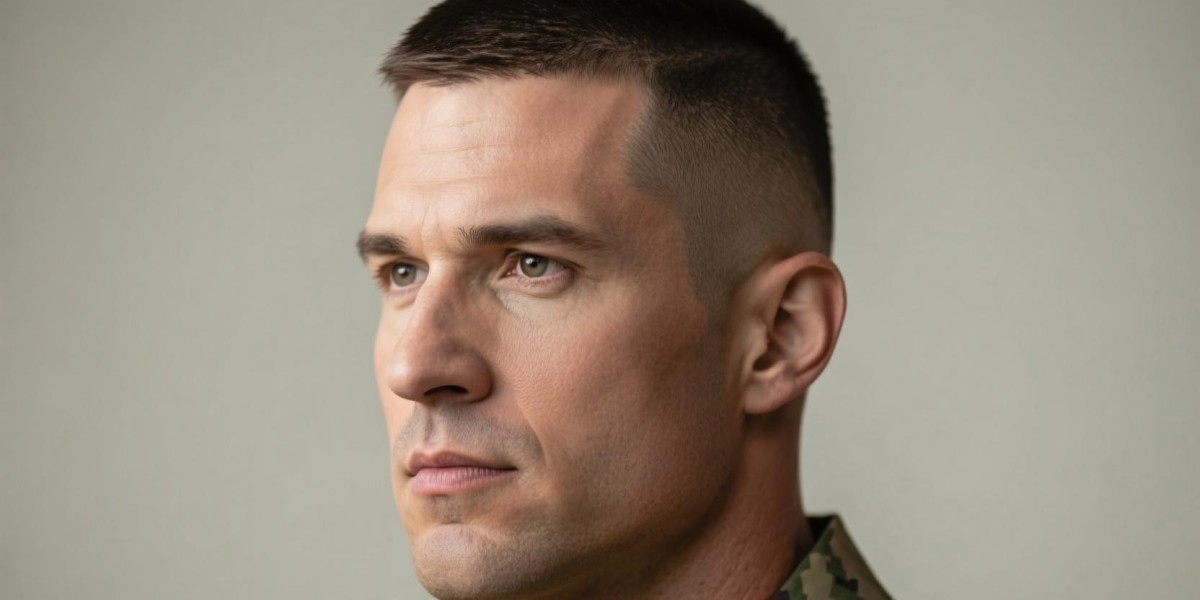The crew cut is a classic hairstyle that has been popular for many years. It is simple, neat, and easy to maintain, making it a favorite among men of all ages. Over the decades, the crew cut has gone through many changes, influenced by fashion trends, military needs, and cultural shifts. In this article, we will explore how the crew cut has evolved from its origins to the present day.
What Is a Crew Cut?
Before diving into its history, let’s understand what a crew cut is. A crew cut is a short hairstyle where the hair on the top of the head is cut to a uniform length or slightly tapered, while the sides and back are clipped shorter. It is often associated with military personnel because of its practicality and clean look. The style can vary from very short to slightly longer on top, giving it versatility.
The Origins of the Crew Cut
The crew cut originated in the early 20th century, primarily among military men and athletes. Its name is believed to come from the "crew" of the boat, as sailors and rowers favored this hairstyle because it kept hair out of their eyes and was easy to manage. During World War I and World War II, the crew cut became a standard military hairstyle because it was neat, practical, and required minimal grooming.
The 1920s and 1930s: The Birth of the Crew Cut
In the 1920s and 1930s, the crew cut started gaining popularity outside the military. It became a symbol of masculinity, discipline, and athleticism. During this time, the hairstyle was usually very short on the sides and slightly longer on top. Men appreciated its clean look, which was easy to style and maintain.
The 1940s and 1950s: The Military Influence
During the 1940s and 1950s, the crew cut became even more popular thanks to its association with soldiers and military personnel. Hollywood stars like James Dean and Marlon Brando also sported similar short hairstyles, making the crew cut fashionable among civilians. The style was often worn with a side part or slightly textured on top to add some variety.
The 1960s and 1970s: The Rise of Longer Styles
In the 1960s and 1970s, men's hairstyles became more varied. Longer hair and afros gained popularity, and the crew cut was sometimes seen as too plain or conservative. However, it still remained a practical choice for many men, especially those in the military or sports. During this period, some variations of the crew cut, like the "buzz cut," became more common, featuring an all-over short length.
The 1980s and 1990s: The Modernization of the Crew Cut
In the 1980s and 1990s, the crew cut experienced a resurgence, but with new styles. The haircut was often combined with fades—where the hair gradually tapers from longer on top to very short on the sides. This look became very popular among young men, as it looked modern and stylish. The crew cut also became more versatile, with options like textured tops or spiked styles.
The 2000s to Today: The Contemporary Crew Cut
Today, the crew cut remains a popular hairstyle for men of all ages. Modern versions include variations like the high and tight, the fade crew cut, or the textured crop. These styles are often customized to suit individual face shapes and personal preferences. The focus is on a clean, sharp appearance that is easy to maintain. The crew cut is also favored by many because it looks good in professional and casual settings.
How the Crew Cut Continues to Evolve
The evolution of the crew cut shows how a simple hairstyle can adapt over time. Today’s styles incorporate different fades, textures, and lengths to suit current fashion trends. For example, a high fade with a longer top is very popular among young men, while a classic crew cut with a uniform length remains a timeless choice.
Why the Crew Cut Remains Popular
The crew cut’s popularity endures because of its practicality, neatness, and versatility. It suits almost every face shape and hair type. Plus, it requires minimal grooming, saving time and effort. Whether for military personnel, athletes, or professionals, the crew cut continues to be a symbol of discipline and style.
Conclusion
The crew cut has come a long way since its origins in the early 20th century. From military roots to a fashion statement, this hairstyle has evolved through decades, reflecting changing trends and cultural influences. Today, whether in a classic or modern form, the crew cut remains a popular and stylish choice for men around the world.






